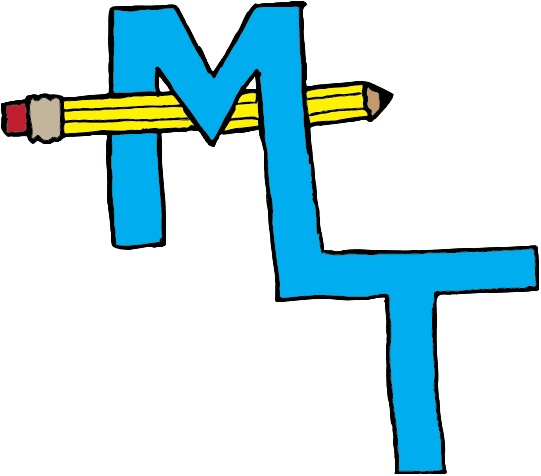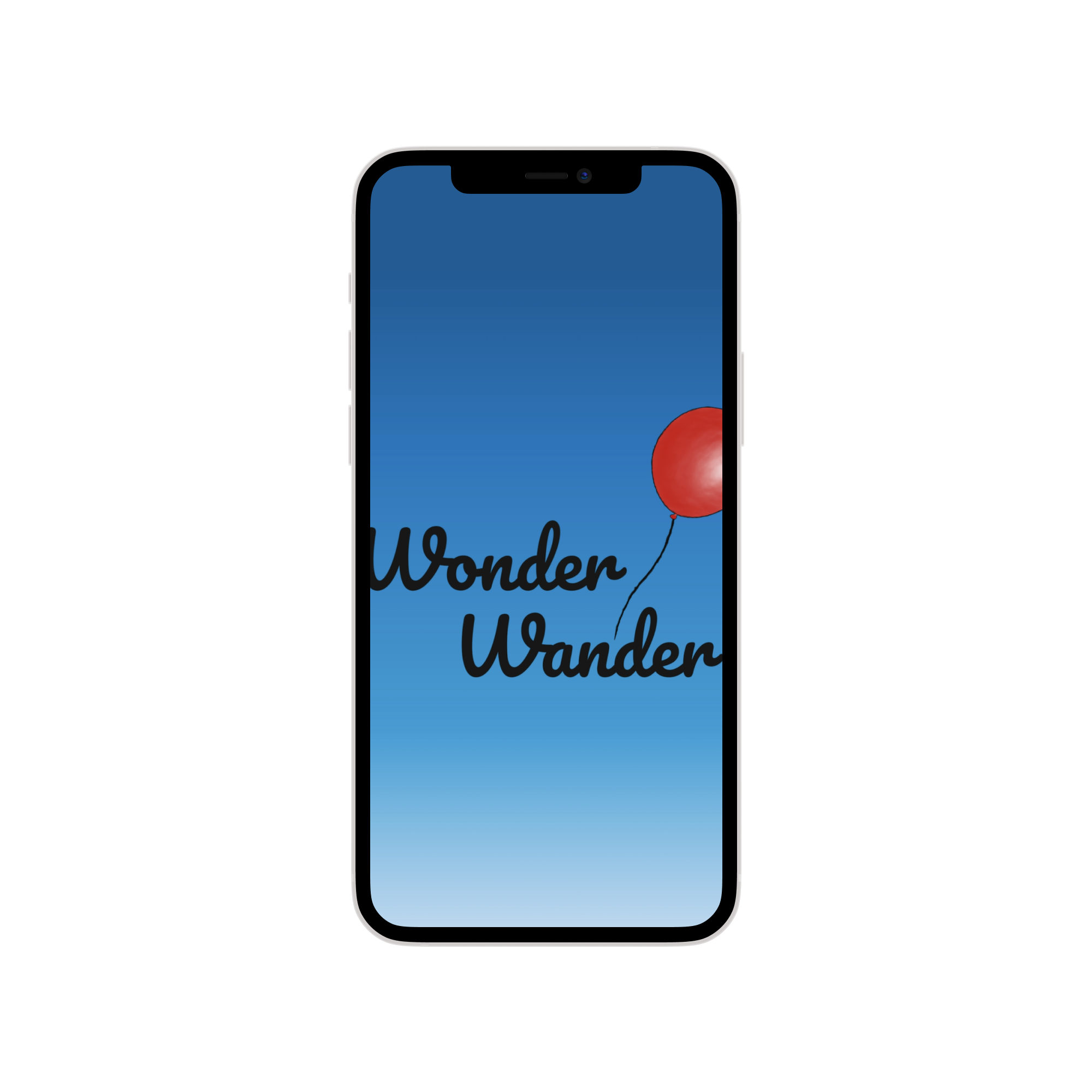Bootup
Bridging the gap between students, technology bootcamps, and employers.
Overview
Bootup is an online web service dedicated to improving the technology bootcamp experience for educators, students, and employers. As a startup, Bootup is interested in further expanding its capabilities to better meet the needs of their users.
Final Deliverable
Other Key Deliverables:
The Challenge
How might we expand the BOOTUP website to encompass the entire bootcamp experience while providing robust information and resources, positioning the site as a one-stop shop for bootcamp students, educators, and hiring companies.
The Solution
Design and evaluate potential features based on a competitive audit, user feedback, and technical feasibility.
ROLE: UX Researcher and Designer
TOOLS: Figma and Zoom
TIMELINE: 1 week
PROCESS: Competitive Audit, Stakeholder Interview, Journey Map, Survey, Tech Scope, Annotated Wireframes, Feature Recommendations.
PRIMARY USERS:
Bootcamp Representatives
Bootcamp Students
Bootcamp Graduates
SECONDARY USERS:
Prospective Students
Employers
The Details
Competitive Audit
GOAL: Learn about the competition and understand where Bootup fits within the landscape.
Analyzed websites such as Indeed.com, CourseReport.com, RateMyProfessor.com, and more and compared them to Bootup for similarities and potential feature additions. For example, Indeed’s resumer builder and RateMyProfessor’s rating system were evaluated as potential Bootup features. Also helped identify best practices for content that should be included in company reviews.
GOAL: Empathize with our user’s experience starting from finding the ideal bootcamp to graduating and landing their first job. Identify pain points and areas of opportunity for new feature concepts that may meet the needs of the user.
Journey Map
I created current and future state journey maps for prospective students and bootcamp graduates. The journey map points towards having an improved bootcamp comparison tool, company and bootcamp reviews, and a resume builder as top-level opportunities to pursue.
Afterward, l sketched low-fidelity wireframes of potential feature add-ons and showcased them to Bootup’s lead developer in a tech scoping session. The goal was to get on the same page in terms of technical feasibility and narrow down which features to move forward with.
Journey map
Bootcamp Comparison feature from low-fidelity to high-fidelity.
In an effort to continue putting designs within the context of the user, a Kano Survey was conducted with bootcamp graduates and currently enrolled students. Survey participants answered questions that helped determine how well each feature meets the needs of the user. As a result, the 10 feature concepts selected during the tech scoping session were prioritized into 5 feature concepts for annotated, high-fidelity wireframing in Figma.
Feature Concept Survey
Annotated Wireframes
Next Steps
Evaluative Usability Testing
Evaluating the new features with users will be a great way to iterate on the current designs and ensure they meet the needs of the user. For example, usability tests can further refine what information needs to be included or excluded in the bootcamp comparison tool.
Prototype
Before committing time and resources into developing features that may or may not meet the needs of the user, building a prototype for each feature and their interactions may be a good way to get stronger data from usability test sessions.
More Projects
Competitive Analysis / Task Flows / User Interview / Usability Testing / Kano Analysis / Survey / User Persona / Journey Mapping / Wireframes / Interactive Prototype / Figma / InVision
Wonder Wander
RentrEasy
Stakeholder Interview / User Interview / User Persona / Journey Mapping / Competitive Analysis / Annotated Wireframes / Figma



